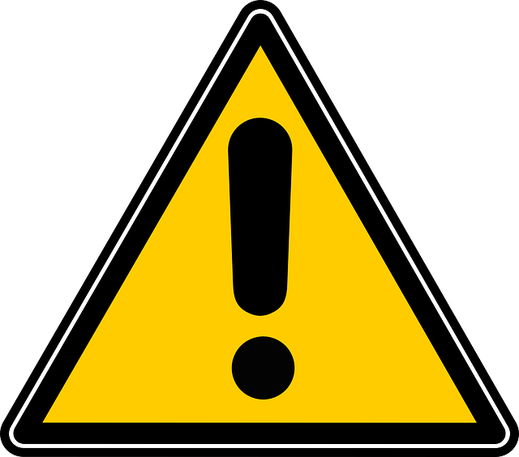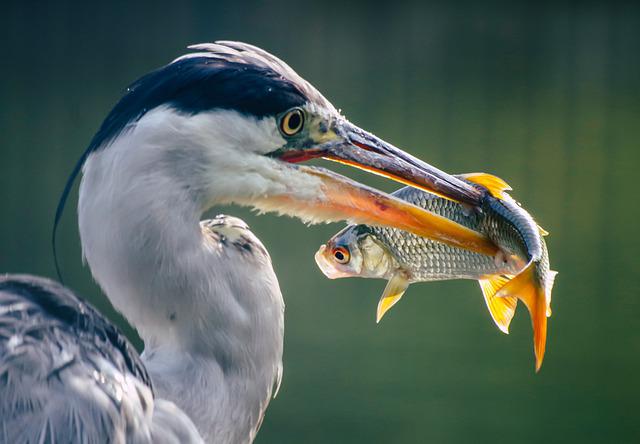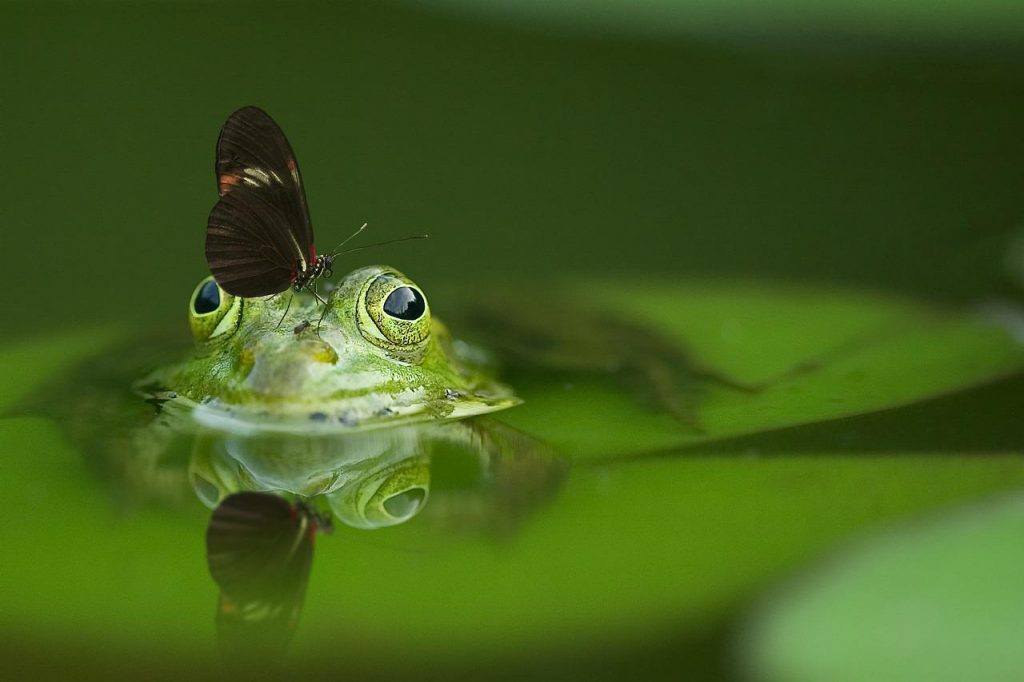On December 17th, 2014, the European Chemical Agency (ECHA) added six new substances to the REACH candidate list of Substances of Very High Concern.
Below is a table describing the six substances newly added to the REACH 161 SVHC candidate list.

Substance Name | CAS # | Usage | Health and Environmental Concerns |
|---|---|---|---|
2-(2H-benzotriazol-2-yl)-4,6-ditertpentylphenol (UV-328) (MDTP) | 25973-55-1 | Additive in plastics, UV absorber in packaging, etc. |
|
2-benzotriazol-2-yl-4,6-di-tert-butylphenol (UV-320) | 3846-71-7 | Used as UV-absorbers for:
|
|
2-ethylhexyl 10-ethyl-4,4-dioctyl-7-oxo-8-oxa-3,5-dithia-4-stannatetradecanoate (DOTE) | 15571-58-1 | Used as stabilizer for PVC processing | Reprotoxic |
Cadmium fluoride | 7790-79-6 | Used in phosphors and glass |
|
Cadmium sulphate | 10124-36-4; 31119-53-6 | Used in:
|
|
Reaction mass of 2-ethylhexyl 10-ethyl-4,4-dioctyl-7-oxo-8-oxa-3,5-dithia-4-stannatetradecanoate and 2-ethylhexyl 10-ethyl-4-[[2-[(2-ethylhexyl)oxy]-2-oxoethyl]thio]-4-octyl-7-oxo-8-oxa-3,5-dithia-4-stannatetradecanoate (reaction mass of DOTE and MOTE) | - |
| Reprotoxic (damages fertility and unborn child) |
Enviropass keeps up to date with the REACH SVHC and Annex XVII list as the ECHA continually adds new substances. Moreover, we have updated our Product Environmental Compliance EPEC Form.
Specifically, PBT stands for Persistent, Bioaccumulative, and Toxic. Next, vPvB stands for very Persistent and very Bioaccumulative. PBT and vPvB substances, such as PFAS, do not easily break down in the environment.
Bioaccumulation occurs when an organism consumes a chemical faster than it eliminates the substance. Thus, the chemical accumulates in the organism’s tissues. When a predator eats the organism, it receives all the collected chemicals in its prey. Therefore, the concentration of bioaccumulative substances exponentially increases up the food chain. This phenomenon is called biomagnification. Furthermore, parents pass down the chemicals to their newborns.

There are criteria that a substance must meet for it to be considered PBT or vPvB by the ECHA.
Firstly, see the difference between a persistent (P) or very persistent (vP) substance in the table below:
Environment | Criteria for Persistent (P)* | Criteria for Very Persistent (vP)* |
|---|---|---|
Marine Water | 60 | 60 |
Fresh or Estuarine Water | 40 | 60 |
Marine Sediment | 180 | 180 |
Fresh or Estuarine Water Sediment | 120 | 180 |
Soil | 120 | 180 |
* Half-life Degradation (in days) higher than…
Secondly, a substance is “bioaccumulative” when its bioconcentration factor in aquatic species is higher than 2000. A substance is “very bioaccumulative” when this factor is higher than 5000.
Finally, the ECHA considers a chemical toxic when it is:
PBTs and vPvBs are harmful to animals, plants, and humans

Enviropass can assist you with your REACH, SVHC, Annex XVII, and SCIP needs. Contact Enviropass for a free online consultation hour!